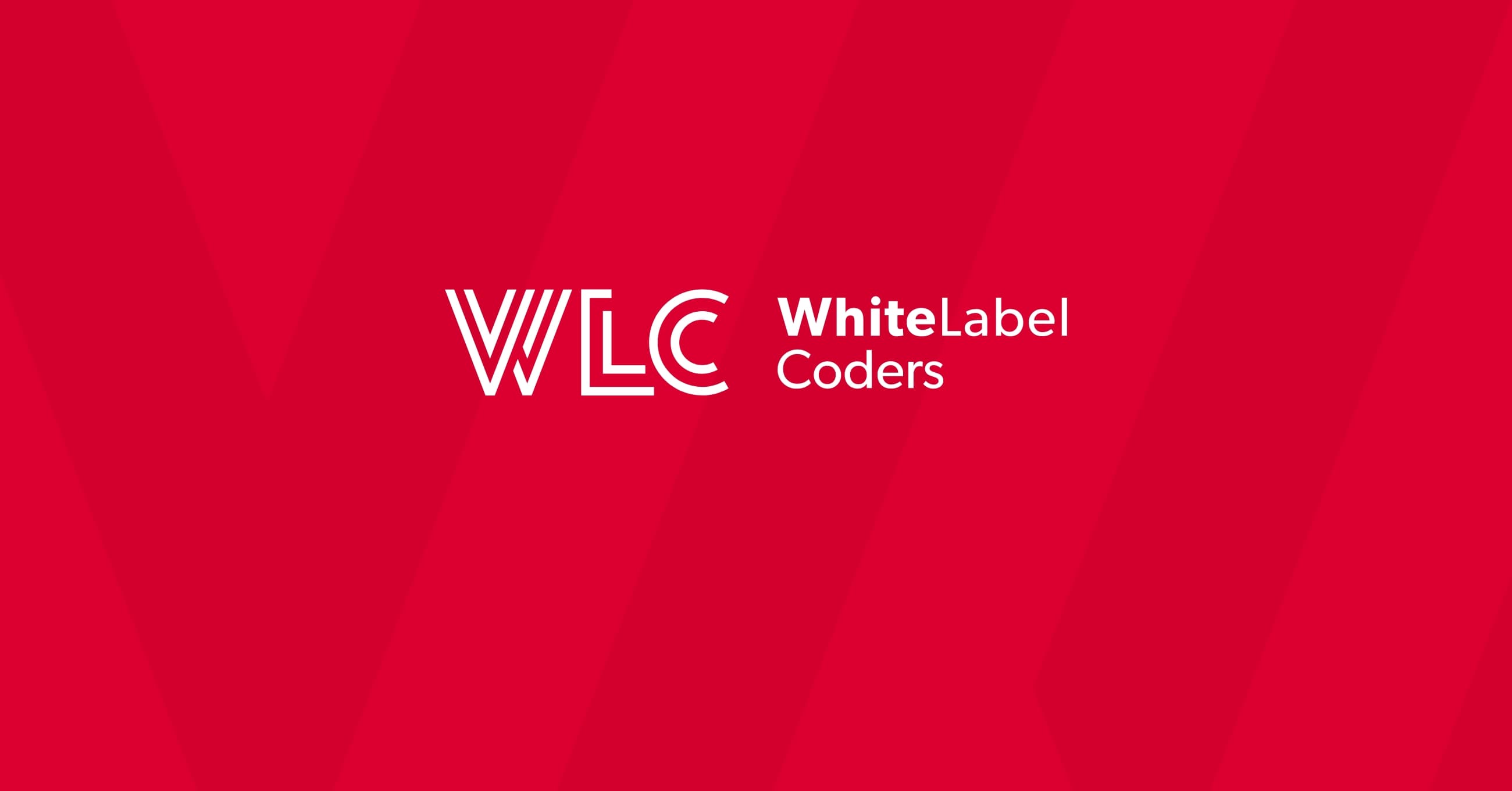Category: SEO AI
Why does every new landing page require developer involvement on my site?

Most landing pages require developer involvement because they need complex technical integrations, database connections, and performance optimizations that go beyond basic content management. Modern affiliate websites particularly struggle with this dependency due to their need for dynamic data feeds, real-time bonus tracking, and regulatory compliance features that demand specialized coding knowledge.
What makes landing pages so dependent on developer involvement?
Landing page development involves intricate technical layers that content teams can’t handle alone. Database integrations, API connections, performance optimization, and cross-browser compatibility all require coding expertise that goes far beyond simple drag-and-drop builders.
Think about what happens behind the scenes when you create a landing page. The page needs to pull data from multiple sources, display it correctly across different devices, load quickly enough to keep visitors engaged, and track user interactions for analytics. Each of these requirements involves technical implementation that most content management systems don’t handle automatically.
Performance optimization alone requires understanding of caching systems, image compression, code minification, and server-side rendering. These aren’t just nice-to-have features anymore – they’re requirements for competitive website development that actually converts visitors into customers.
The web development process also involves ensuring your landing pages work seamlessly with existing systems. Whether that’s your CRM, analytics tools, or payment processors, each integration point needs custom code to function properly. This technical complexity explains why most businesses find themselves constantly reaching out to developers for what seems like simple content updates.
Why do affiliate websites face unique development challenges?
Affiliate websites operate in a uniquely complex technical environment that amplifies normal developer dependency issues. They need real-time data feeds from multiple operators, dynamic bonus tracking systems, and compliance features that change based on user location and local regulations.
Consider the typical affiliate website workflow. You’re pulling live odds from sportsbook APIs, displaying current bonus offers that change daily, and showing operator ratings that update based on user reviews. Each of these data sources requires custom integration work that generic content management systems simply can’t handle.
Regulatory compliance adds another layer of complexity. Your landing pages need to display different content based on visitor location, hide certain operators in restricted regions, and include specific disclaimers that vary by jurisdiction. This geo-targeting functionality requires sophisticated backend logic that goes well beyond basic content management capabilities.
The competitive nature of affiliate marketing also means you need lightning-fast page loads and perfect mobile optimization. When users are comparing bonuses and odds, even a two-second delay can send them to a competitor’s site. This performance requirement demands technical expertise in server optimization, content delivery networks, and advanced caching strategies.
How much does constant developer dependency actually cost your business?
Developer dependency creates hidden costs that extend far beyond hourly development rates. Delayed launches, bottlenecked content teams, and missed revenue opportunities often cost businesses more than the actual development work itself.
Every day you wait for developer availability to launch a new landing page creation project is potential revenue walking out the door. In competitive affiliate markets, being first to market with new operator promotions or seasonal campaigns can mean the difference between capturing significant traffic and watching competitors dominate the space.
Your content team’s productivity suffers when they constantly need technical support for basic updates. Instead of focusing on creating engaging content and optimizing conversion rates, they spend time writing tickets, explaining requirements, and waiting for implementation. This bottleneck effect means you’re paying content professionals to do administrative work rather than revenue-generating activities.
The opportunity cost extends to testing and optimization as well. When A/B testing a landing page requires developer involvement, you test less frequently and miss optimization opportunities. Quick content updates that could improve conversion rates get delayed or abandoned entirely because the technical overhead isn’t worth the effort.
Website maintenance costs also spiral when everything requires developer intervention. Simple content updates that should take minutes end up requiring formal project management, technical specifications, and quality assurance testing.
What are the alternatives to developer-dependent landing page creation?
Modern content management systems with visual builders, pre-built component libraries, and automated data integration capabilities can eliminate most developer dependency for routine landing page development tasks while maintaining professional quality and performance standards.
Visual page builders have evolved significantly beyond the basic drag-and-drop tools of the past. Today’s solutions offer sophisticated component libraries specifically designed for affiliate websites, including operator comparison tables, bonus displays, and review sections that automatically pull from centralized databases.
Automated data integration systems represent perhaps the biggest breakthrough for affiliate website operators. These platforms create centralized data centers where all operator information, bonus details, and review content live in one place. When you update operator information once, it automatically appears across all relevant landing pages without any manual intervention.
No-code and low-code platforms have also matured to handle complex functionality that previously required custom development. Features like geo-targeting, A/B testing, and advanced analytics integration can now be implemented through user-friendly interfaces that marketing teams can manage independently.
The key is choosing systems that offer both flexibility and performance. Look for solutions that provide server-side rendering, advanced caching, and technical SEO optimization built into the platform rather than requiring separate technical implementation.
How do you transition from developer dependency to content team independence?
Successfully reducing developer involvement requires implementing the right tools, establishing clear workflows, and training your content team on new systems while maintaining quality standards and performance optimization throughout the transition process.
Start by auditing your current content publishing workflow to identify which tasks actually require developer expertise versus those that could be handled by content teams with better tools. You’ll often find that 70-80% of your developer requests involve routine content updates, basic layout changes, or data updates that could be automated.
Choose platforms that offer comprehensive component libraries specifically designed for your industry. For affiliate sites, this means pre-built blocks for operator comparisons, bonus displays, and review sections that maintain consistent user experience while allowing content team customization.
Implement centralized data management systems that automatically sync information across all your landing pages. When bonus offers change or operator ratings update, these changes should propagate automatically without requiring manual updates to individual pages.
Train your content team gradually, starting with simple page creation and moving toward more complex functionality as they become comfortable with the new tools. Establish quality guidelines and review processes that ensure maintained standards even as you increase publishing speed and team autonomy.
The transition works best when you maintain some developer involvement for truly complex projects while empowering your content team to handle routine tasks independently. This hybrid approach maximizes both efficiency and capability while reducing bottlenecks in your web development process.
Moving beyond developer dependency for every landing page update transforms how quickly you can respond to market opportunities and optimize your content strategy. With the right systems in place, your content team gains the independence to focus on what they do best – creating engaging, converting content that drives affiliate revenue. Working with an experienced e-commerce website development agency can help you implement these solutions effectively, while understanding how to work with an outsourcing company ensures smooth collaboration. Additionally, exploring what is a white label agency can provide insights into partnership models that support your content independence goals while maintaining the technical performance that competitive markets demand.

